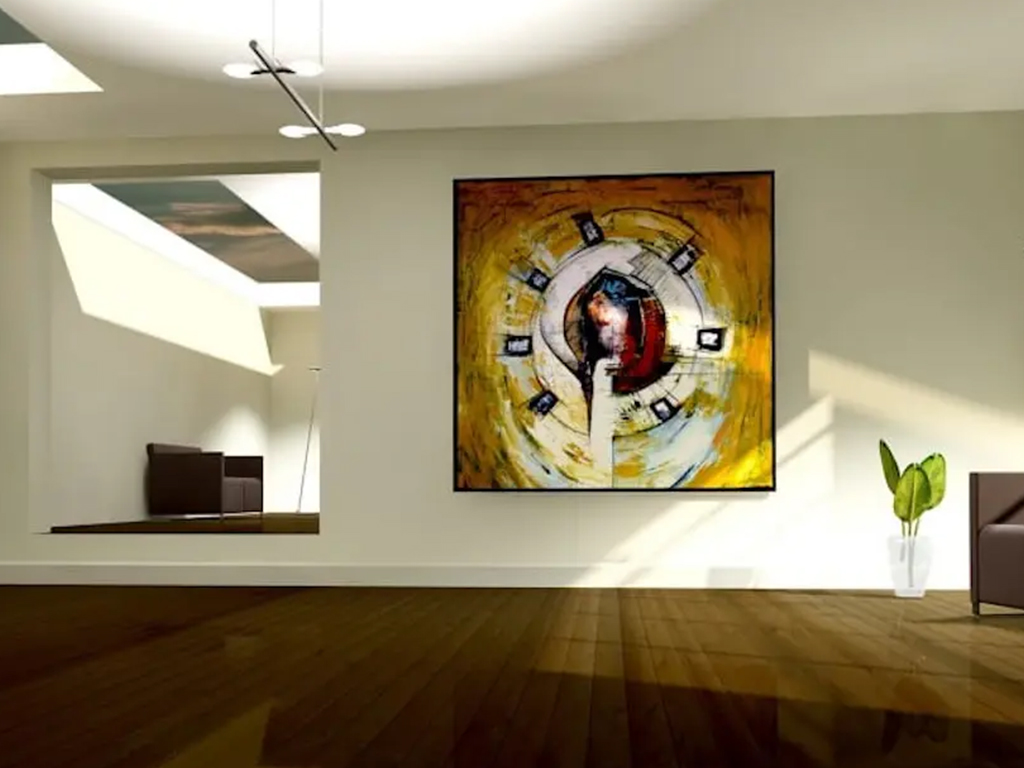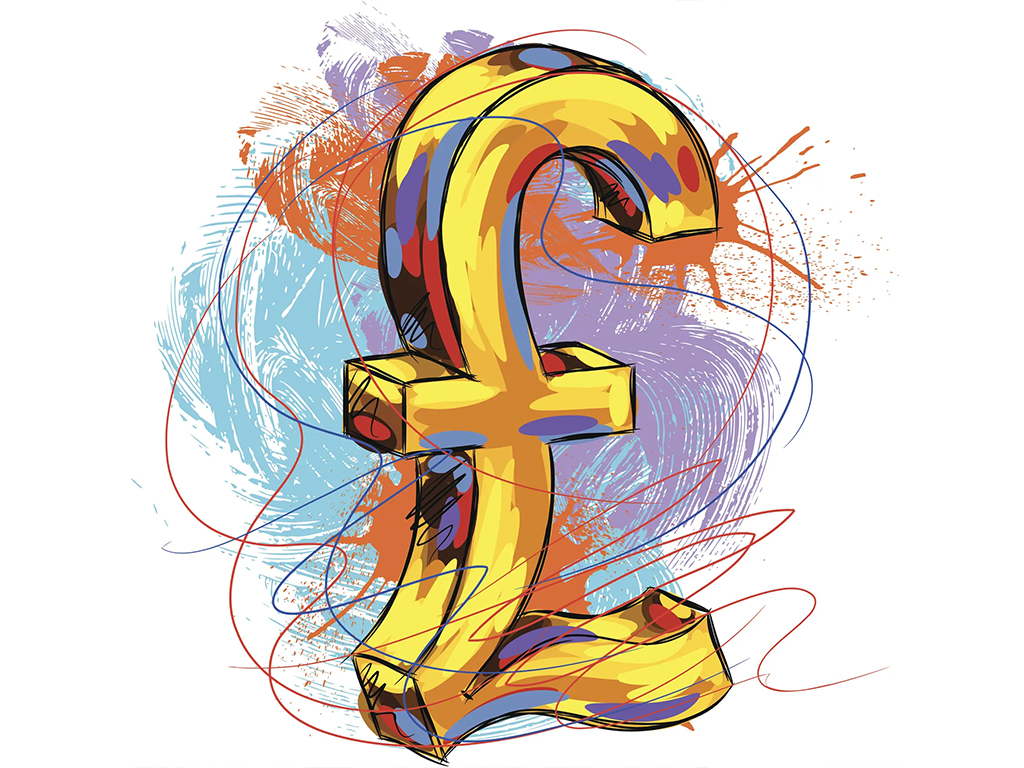Art investing isn’t like a lot of other investments. technically speaking, it’s often better to think of it as an asset that appreciates in value – an asset you choose according to your own personal taste and enjoyment.
Still, many collectors do buy their artwork as a type of investment, as quality art will increase in value over time, and can sometimes result in a nice profit for the collector. (and then you get to buy more art…)
You may have already found some great artworks to invest in. but when it comes to actually selling the artwork, how do you know when it’s the right time? the moment the price goes up? the next time the artist holds an exhibition?
There’s no to-the-minute answer for this, but here are some key factors to keep in mind when looking at when and how to sell your art.

You’re in it for the long haul
We’ve all had that dream, the one where you buy an underpriced piece of artwork, only to have the value skyrocket overnight, giving you a return of double or triple the cost price. and sure, there are a number of these stories floating around… you never know when you’re going to strike gold.
But these are the exception, rather than the rule. they get passed around because they’re the stories that make headlines – for most of the contemporary art market, you’re not looking at an overnight jump in price.
The safe estimate for when you can sell a piece of artwork you just purchased is in about 10 years, maybe 5 years if you bought at just the right time.
Steady appreciation
While this slow-and-steady-wins-the-race approach isn’t particularly glamorous, it’s actually really good news when it comes to investing in art.
The art market has been growing in value for the last 50 years or so, and the growth has been in a pretty steady upward climb. buying artwork from a collectable artist means you can be a part of this reliably growing market.
If you wait for the right time to sell, you could see an increase in value of around 20-30% for a quality piece of artwork from a successful artist. when marketing your art, you should be aware of what you can expect for it.
Invest in your enjoyment
There are those very few who buy artwork – often at the top end of the investment world – for nothing more than the monetary value, hoping to flip the piece for a profit.
Some investors only buy a share of the artwork, as though it were stock in a company, and might never see the artwork in person.
To any art lover, however, this sounds awful. what’s the point in investing in art if you don’t get to enjoy it? and it is there to enjoy, in a way that no other investment is. (have you ever tried displaying a share certificate on the wall? doesn’t quite hit the mark.)
With this in mind, remember that when you’re buying investment artwork, you are investing in your own pleasure. for however many years you own the art, you’ll get to experience it in person, enjoying it every day you see it.
In fact, most expert advice on investing in art comes down to this – if you want value for your money, buy what you love.

Don’t sell too early
You might want to sell your artwork as soon as it looks like the value has increased. but even if the artwork’s value has gone up, you’re not likely to see a big return if you sell too early.
Reselling involves certain fees, like finder’s or buyer’s fees, artist’s resale rights, and others. if you’re trying to sell a piece of artwork that has only increased by something like 10 percent, you might not even make back the money you originally spent on it.
Of course, sometimes this is all you want – for example, if you’re collecting on a limited budget, you might want to sell an unwanted piece of artwork to get the funds for something new. if so, make sure to budget for the fees involved in selling artwork, and check that you still want to sell for the net price you’ll end up with.
Watch out for the gold mine
So there’s no point in investing with the wild hope that your artwork will magically become worth millions overnight – but there are the occasional gold mines. those headline stories we mentioned earlier are real, they’re just very rare.
While you don’t want to plan for the future on this kind of hope, it’s definitely worth staying aware of the current value of your artwork. in the contemporary art market, this means keeping track of the artist and their current prices.
Every once in a while, check to see what the artist’s work is going for. has the artist made any headlines of their own recently? any new releases, or sold out shows? these can indicate that the artist’s success is growing, and that the value of your artwork may have increased as a result.
This is one of the reasons it’s so important to buy from an artist whose work you truly love. you’ll need to stay aware of events, exhibitions and news – you don’t want to spend time tracking artwork that you don’t really enjoy. you can follow the artist on social media, look for recent reviews and publications, or even set up a google alert for the artist’s name.

Think about the buyer
“when should i sell this?” is only one of the questions you need to ask when you want to move one of your artworks on. the other is “when is someone going to buy it?”
If an artist’s work has increased in value suddenly, remember that you are not the only one who will have noticed. there will be others in your position who have been waiting for the right moment to get a return on their artwork.
These moments can be a great opportunity, as a recent rise in success can mean new fans, followers and collectors who will be looking to invest in the artist.
However, if too many existing collectors try to sell their artwork at the same time, the market will be flooded – watering down what should have been an increased demand.
Ask around
If you’re not sure when the right time to sell is, it can be as simple as just asking for other people’s opinions or advice. asking an expert reseller also a great way to get an in-depth view of the market, especially if you’re hoping to sell soon.
Personal connections can also be helpful, if you’re after a more general prediction for your artwork’s eventual value.
If you’re connected with other collectors and fans of the artist, you already have access to many different opinions on the artist’s current worth and trajectory. this can be a great starting point.
You can also ask other collectors who buy and sell other artists’ works. they might not have an insight into the art you’re hoping to sell, but the more experience they have in the art market, the more advice they’ll have to offer.
If you’re planning to sell some artwork of your own, or you’re interested in finding new artwork to invest in, get in touch.





